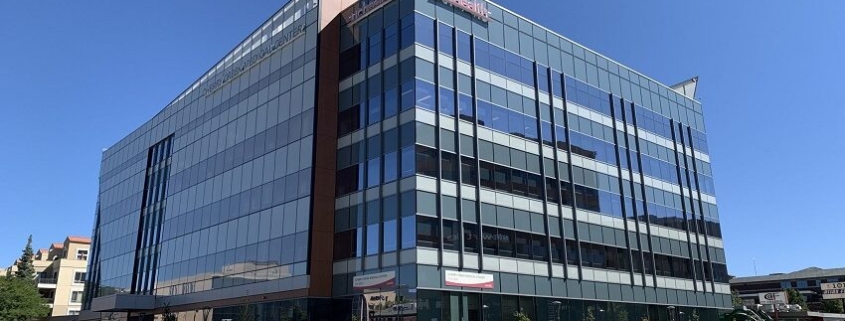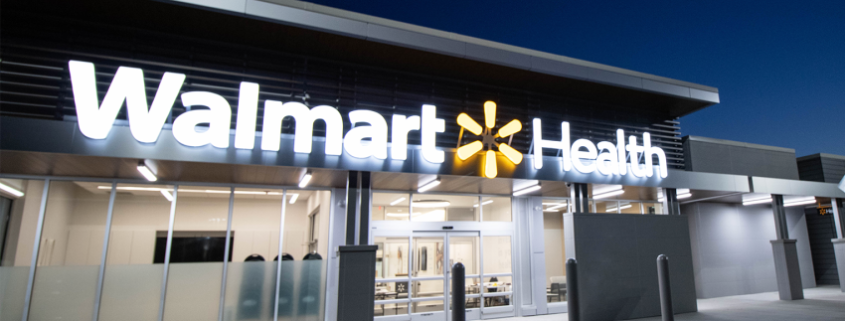Four Creative Solutions From Other Industries To Be Utilized In Healthcare Design
Across various industries architects and designers are adapting their designs to accommodate new needs like additional space or include durable materials ideal for increased cleaning.
These new fundamental needs have inspired designers to seek innovative solutions that help the peace of mind for those accompanying the space. Learn from these four industry applications and how they can be utilized in healthcare design.
1. Cleanable Sound Barriers
As social distancing barriers come in many forms are being implemented in corporate offices, it can be replicated in healthcare design as well. The commonly seen plastic barrier divider or fabric curtain may allow for easy cleaning but does not have great acoustical properties. The best of both worlds come in the form of a fully encapsulated panel that absorbs high levels of sound are ideal. For hygienic wall panels or acoustical ceiling tiles, check out Saint-Gobain Ecophon Hygiene™ that is great for absorbing sound with the ability to sterilize too. They are even bleach-cleanable and have proven reliable to aid a turn over a patient room with optimal clean. An excellent option for healthcare to control sound beautifully with an ease of cleaning.
2. Freshness From Wall To Wall
Many international hotel brands have amplified their cleaning protocol and are finding new ways to comfort guests outside of their homes. With every surface material being disinfected frequently, it’s important to source materials that do not breakdown with excessive cleanings. An area that may have been overlook in the past are the walls in hotel rooms, lobbies and hallways. Select a highly durable wall solution like DuPont™ Tedlar™ Wallcoverings is an excellent solution. Tedlar™ Wallcoverings are mold and mildew resistant and can withstand even the harshest chemicals without cracking the surface.
3. Fade-Resistant Exteriors
With project budgets tightening, the need to keep designs timeless with a contemporary feel is increasingly important. A fade resistant exterior using an architectural fabric that is long lasting helps with less frequent renovations in the future. From Napa Valley wineries to East coast universities, Shelter-Rite® by Seaman has created structures that protect people and their facilities for decades. Reimagine elements of healthcare facilities, such as a sparkling white tent entrance to a medical center or a trendy tensile fabric stretched overhead in an outdoor hospital corridor or café. The UV-fade protected colors allow designers to match the exterior of the buildings or tie the interior shades to the outside
4. Disinfecting Every Surface, Even Mile High
Just like hotels, the airplane industry is coming up with new ways to comfort travelers with increased cleaning after every flight. Major airlines are making headlines with the new cleaning chemicals being adopted to combat the COVID-19 virus. Yet what may come as a surprise to many frequent flyers, is that the cabin surfaces are protected with a superior film that slows the growth of bacteria. From the sidewalls to the bulkhead partition, these areas are covered by Tedlar® PVC films. The thermoform capabilities of Tedlar® are ideal to the many curves and bends on the airplane interiors. This same film can be applied to the case goods in medical facilities, or the flooring of the hospital.
Source: healthcare design



 According to
According to 

